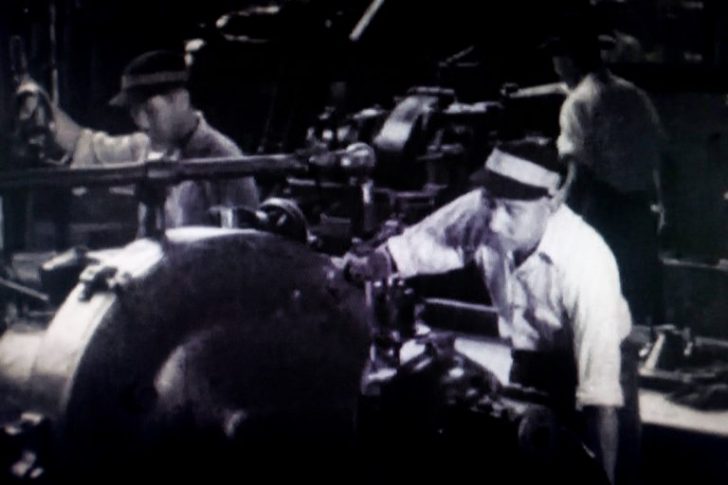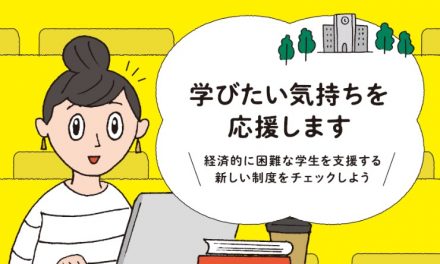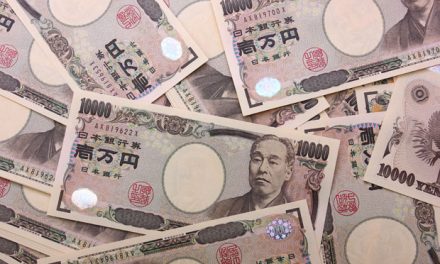通産省が取り組んだのは自動車産業の育成だった。
自動車産業は鉄鋼、ガラス、 ゴムなどの裾野が広いため、成功すれば重工業全体が拡大し、莫大な雇用を生 み出せる。
通産省は欧米に負けない車が生産できるまでの時間稼ぎとして、徹底的な保護貿易を行った。
保護貿易(乗用車の関税40%)
輸入車には40%の関税をかけた。
日本市場を狙う欧米から激しく関税の引き下げを迫られたが、盾となって自動車産業を守り抜いた。
The first thing the MITI (The Ministry of International Trade and Industry) tackled was growing the automobile industry.
The car industry was massively broad-based and capable of making other relative industries including the steel, glass, and rubber industries grow up together.
Therefore, the MITI deemed that a whole heavy industry would be able to expand and a great deal of employment would also be generated if they succeeded in growing the automobile industry.
In order for the MITI to develop car companies, they implemented protective trade practices until the automakers were able to produce competitive cars against European and American enterprises.
The MITI imposed a-40%-
機械工業進行臨時措置法
今考えれば我々は考えられない規制で輸入品、輸入車に高い関税をかけた。諸外国の人達は我々に怒り私は説教をくらった。
彼らが言うには、「自動車のような高度な技術を会得するのは日本には不可能だ。車を買うお金を生みたいのなら、日本の得意とする織物や日用品を売って作ればいい。」
ひどく不愉快になりましたし、その時自動車産業の育成を絶対に成功させてやろうと決めました。我々の技術で彼らを驚かせてやろうと。
「今にみてろ」そう心の中でつぶやきました。
小松勇五郎
“Now when I think about it, we put unthinkable restrictions on imports and imposed high tariffs on imported cars. Foreign people became angry at us and I was preached by them, they said things like “it is impossible to acquire highly-developed technology like automobiles. If you want to have a car, just buy it from us. If you want to make money for buying the car, you should earn money by selling textiles and daily goods, which are Japan’s best fields”. It was terribly unpleasant for me to hear that and I was determined to succeed in growing the automobile industry, and surprise them with our technology. ‘Just you wait and see’, I murmured in my heart.”
Yugoro Komatsu (the MITI)
通産省は後に日本のものづくりを大きく発展させる法律をこの頃に制定する。
機械工業進行臨時措置法。
最終製品を作るメーカーだけでなく、大企業に部品を供給するメーカーも支援しようとした。
資金繰りが厳しい中小企業でも低い金利で融資を受けられるようになり、思い切った設備投資が可能となった。
Around this time, the MITI established *a special law which later extensively developed Japan’s manufacturing. *Including temporary measures of promoting the machinery industry.
They tried to support not only makers of end products, but also parts suppliers. Therefore, even small and medium-sized enterprises that had difficulty in
Small and medium-sized enterprises also carried out capital investments aggressively.
Economic Growth Started (1955 ~ )
日本の経済成長率は1955年、8.8%を記録。
これが高度成長の出発点。しかし当時は誰もこの成長がこの先20年近くも続くとは考えていなかった。ただし一人を除いて。
下村治はこの好景気が歴史的経済成長の始まりになることを見抜いていた。日本は1955年から2年連続で高成長を記録、しかし日本人の多くがいずれまた落ち込みが来ることを覚悟していた。
大蔵官僚下村治は、一刻も早く日本の成長を支える理論を打ち立てようと、論文の執筆を進めていた。
肺結核の病床で執筆を続け、3年間の闘病から奇跡的に回復した下村は論文を完成させた。
Japan’s economic growth recorded 8.8% in 1955.
This was the takeoff of the high growth. However, back then no one was thinking that this growth would last for 20 more years…. Except for him.
Osamu Shimomura (the Ministry of Finance) realized that this economic boom would lead to the takeoff of the historical economic growth.
From 1955, Japan recorded high growth for 2 consecutive years, but Japanese people were expecting stagnation to come again. Shimomura was writing a dissertation in order to establish a theory which could help Japan’s economic growth as soon as possible.
While he was writing this, he contracted tuberculosis regarded as impossible to recover in those days, but he miraculously overcame a-3-year-battle of the disease and finally perfected the theory.
Economic Growth Started (1955 ~ )
この理論をもとに下村が導き出した予測は成長率は10%。しかもそれが10年 近く続くという途方もないものだった。
しかしこの予測はのちに実際に起こった予測と見事に一致する (誰にも受け入れられず、誇大妄想として受け取られた)
1956年の経済白書も悲観論を語っていた。有名な一節 ”もはや戦後ではない”
これはゼロからの復興が一区切りついたこの時期、もう今までのような経済成長は期待できないというものだった(→高い成長潜在力があるとは誰にも分からなかった)。
Shimomura’s business forecast based on his theory was an extraordinary prediction that a 10% economic growth would last for over 10 years.
This theory was not accepted by people and regarded as nothing more than megalomania.
In fact, the economic white book published in 1956 also talked about the pessimism of Japan’s economy. A famous passage in the book goes as follows, “The nation is no longer in an immediate postwar period”.
This means that around this time when Japan was considered to have recovered from the war, Japanese economists stated that Japan could not expect to have as high economic growth as before. No one, excluding Shimomura, figured out that the potential of high growth was lurking in Japan.
Shimomura’s theory totally agreed to the economic growth which later happened in practice.
















